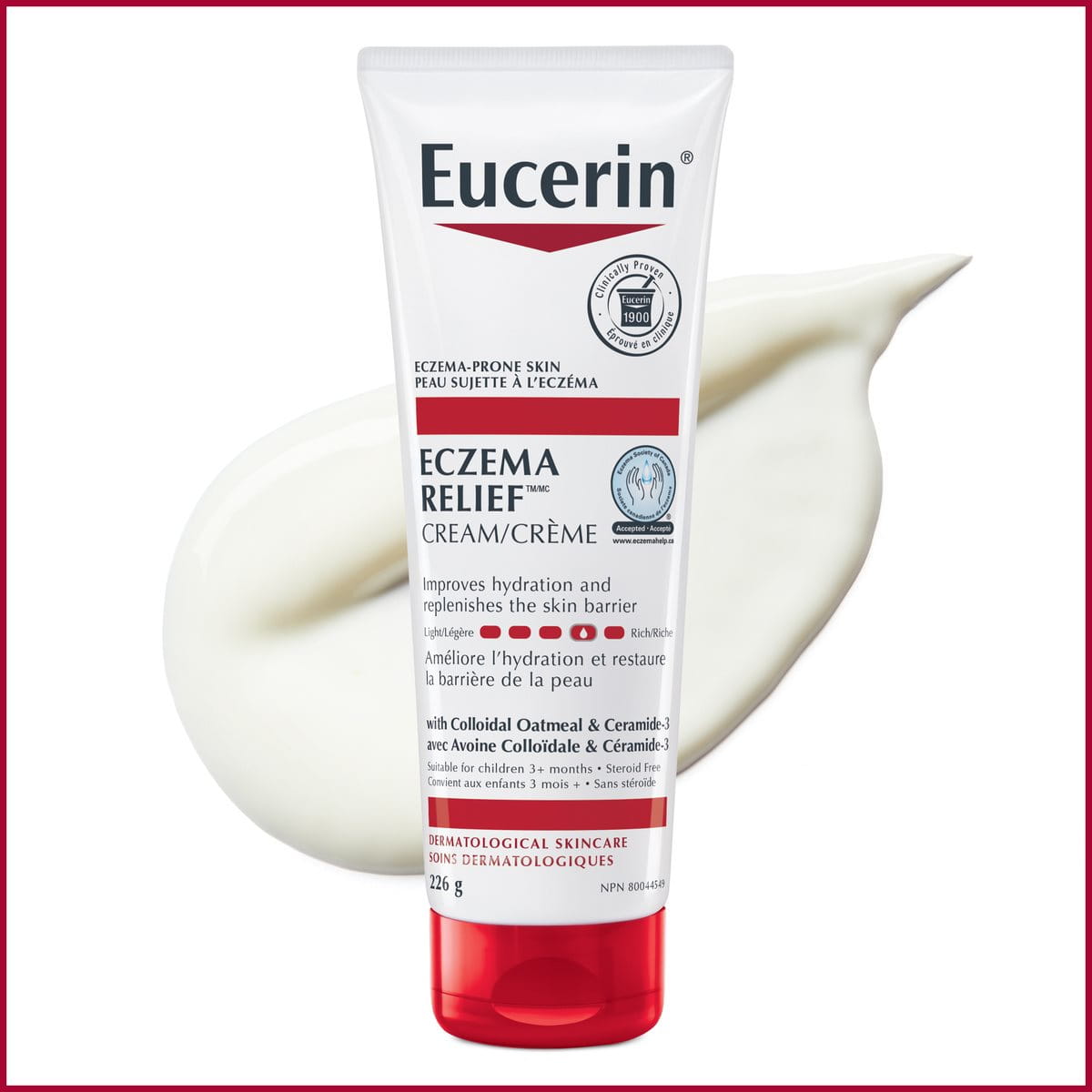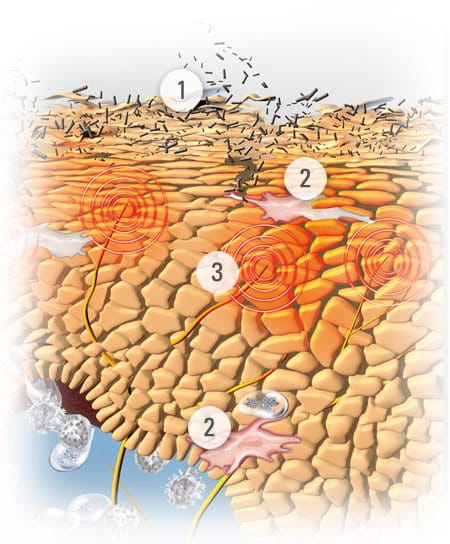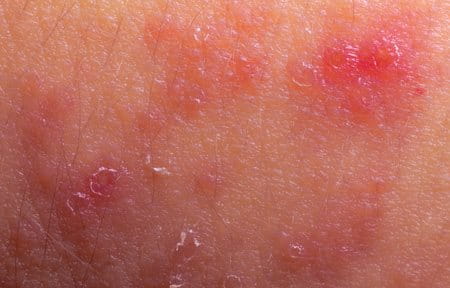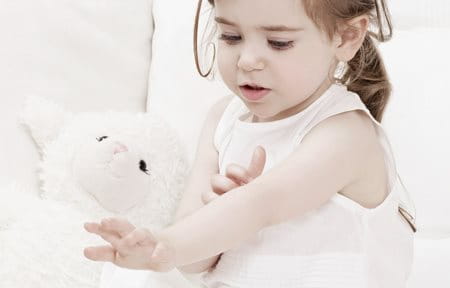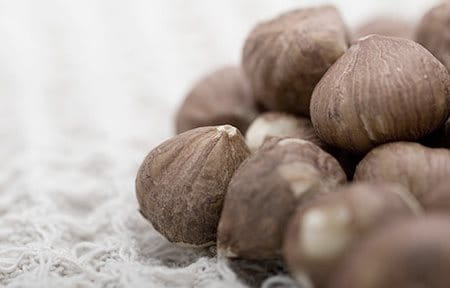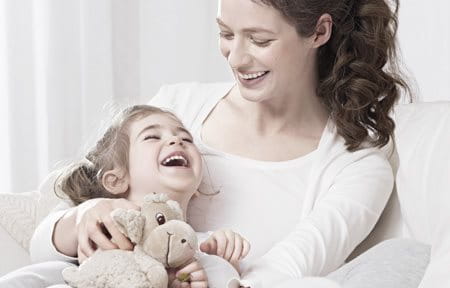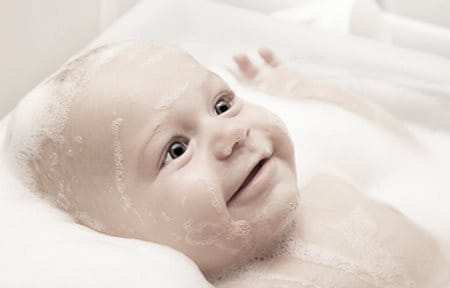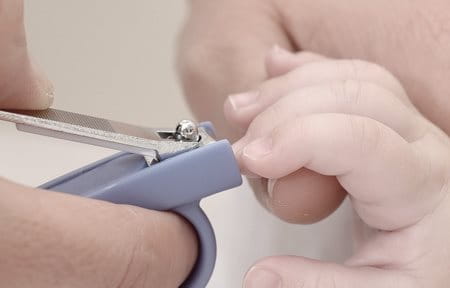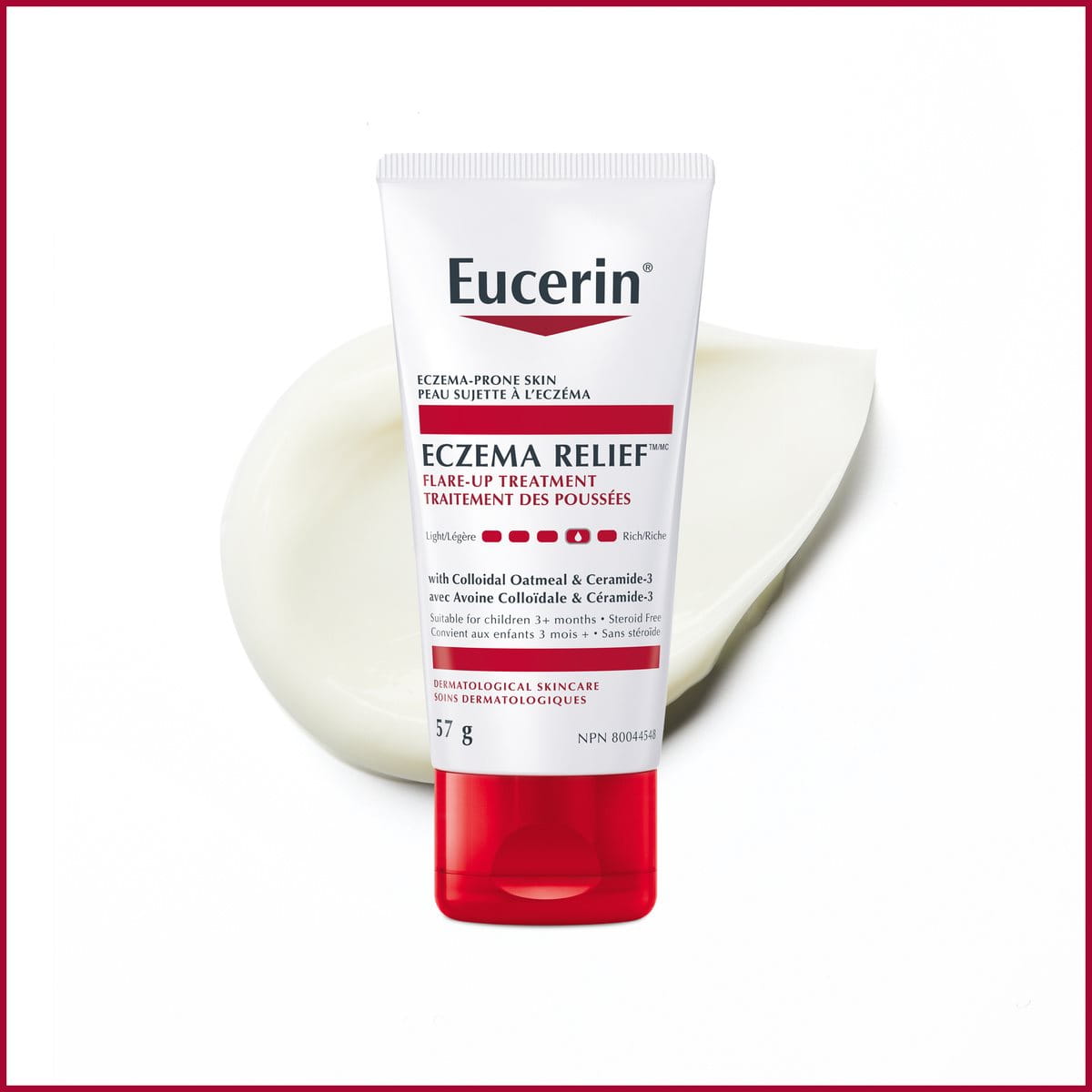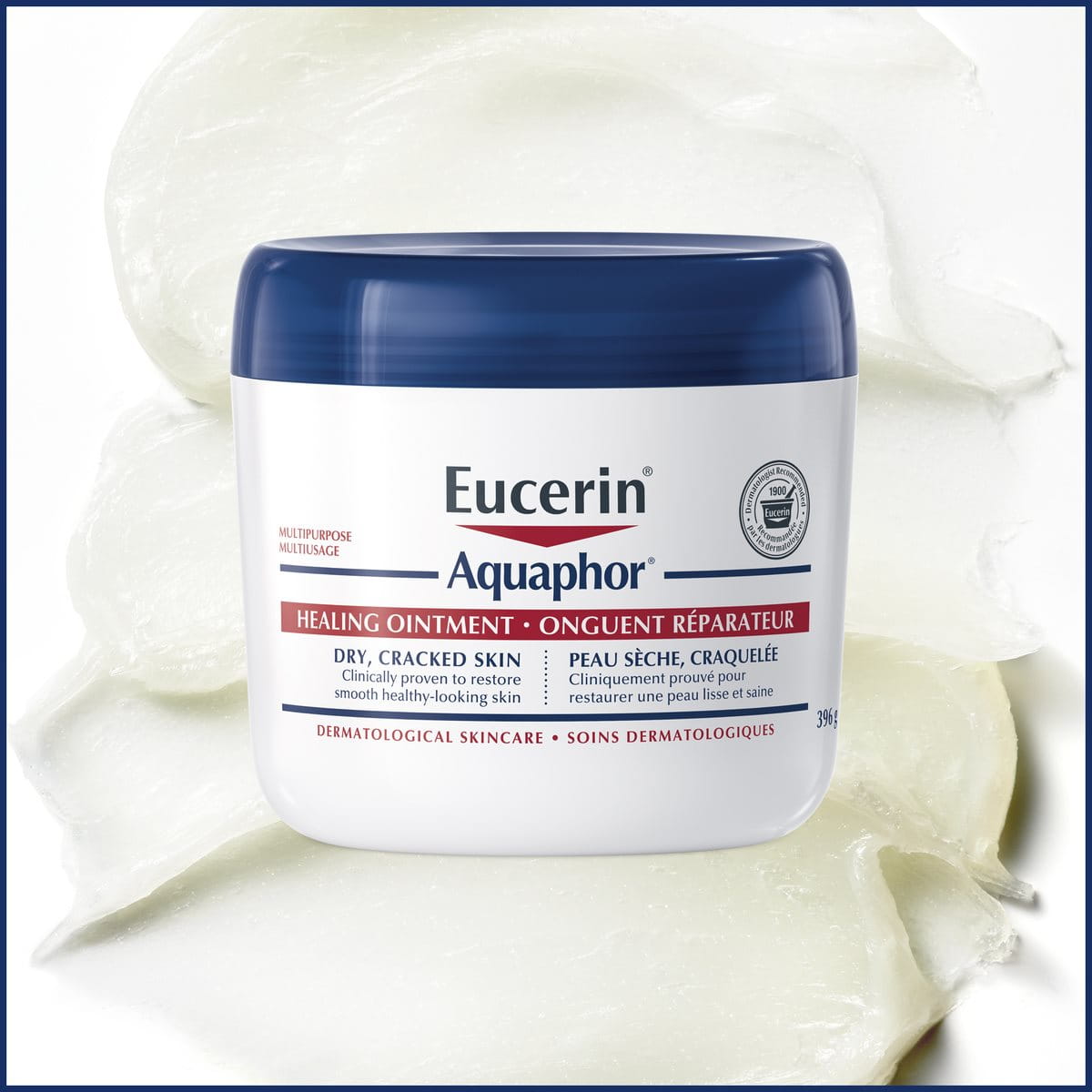This website serves the purpose of providing general information and does not in any way replace medical or specialist advice. Consult a healthcare practitioner if symptoms worsen or persist.
Atopic Dermatitis is a non-contagious, extremely common skin disease that affects up to 10-20% of children globally and 2-5% of adults. It is a chronic condition, meaning symptoms can be long-lasting, although babies and children can ‘grow out’ of the symptoms. Typically sufferers experience two phases of the disease – a non-active (“interval”) phase and a more acute active (“flare-up”) phase. For both phases, a good skin care can help alleviate the discomfort.
Try Eucerin’s Eczema Relief range with Colloidal Oatmeal and Ceramide 3 which are suitable for children 3+ months old and is steroid free.
